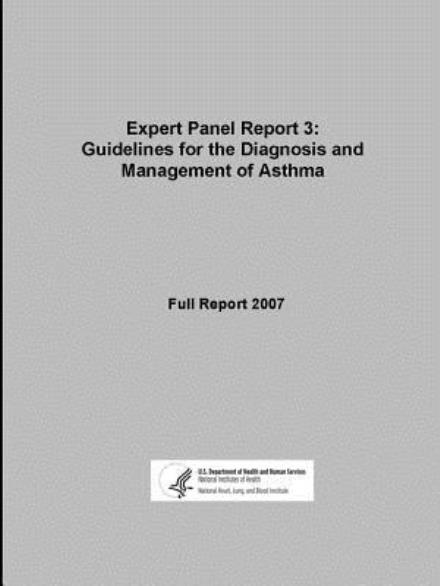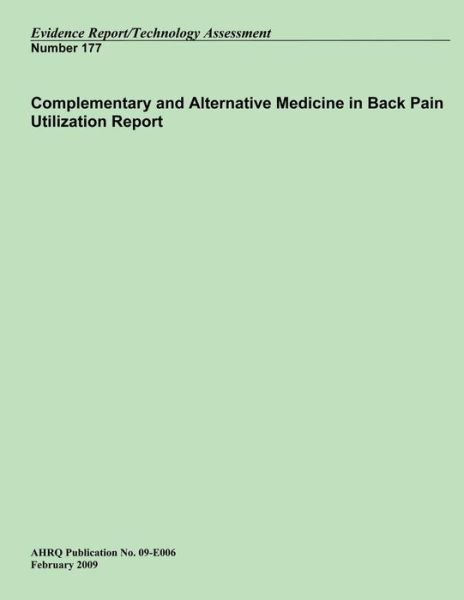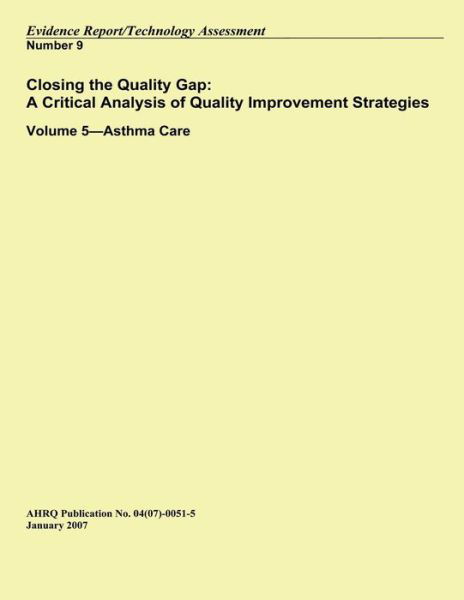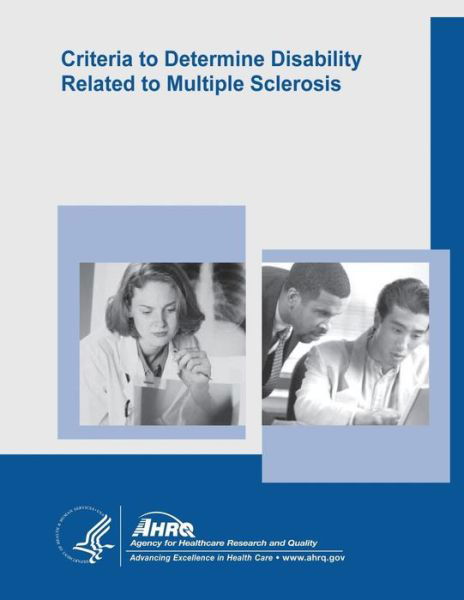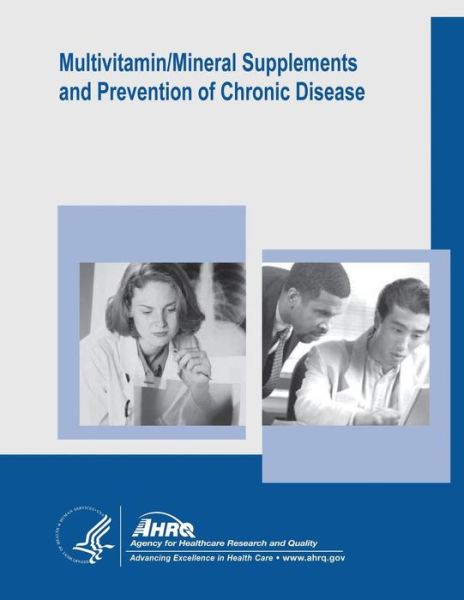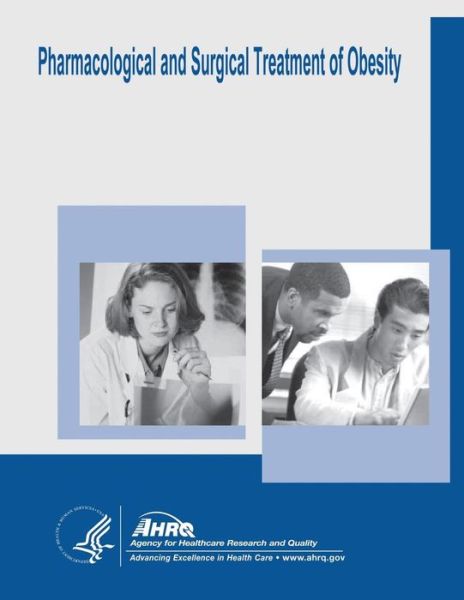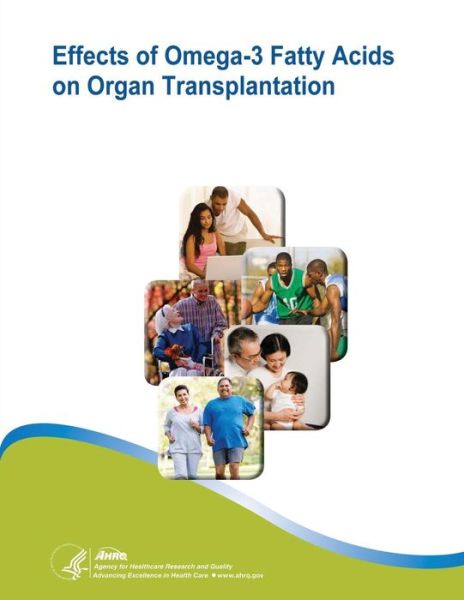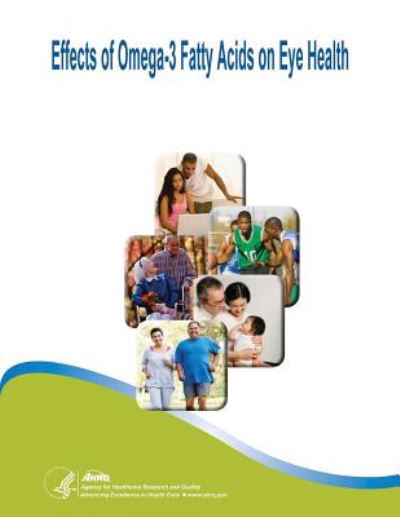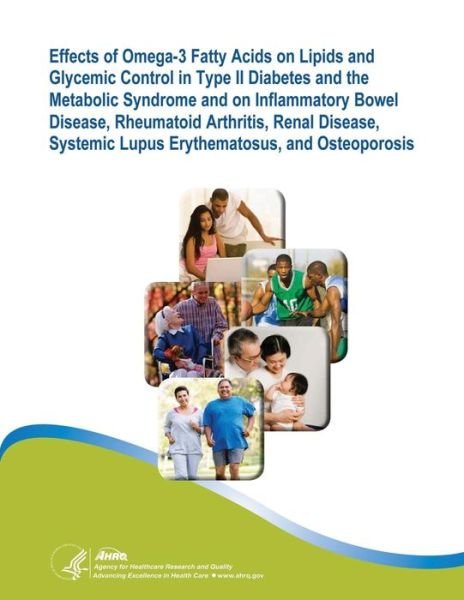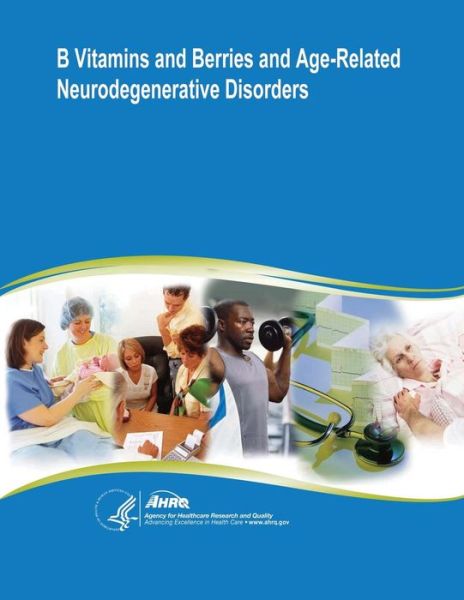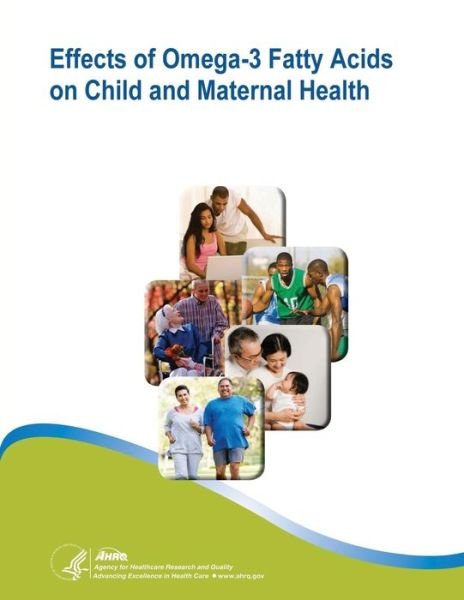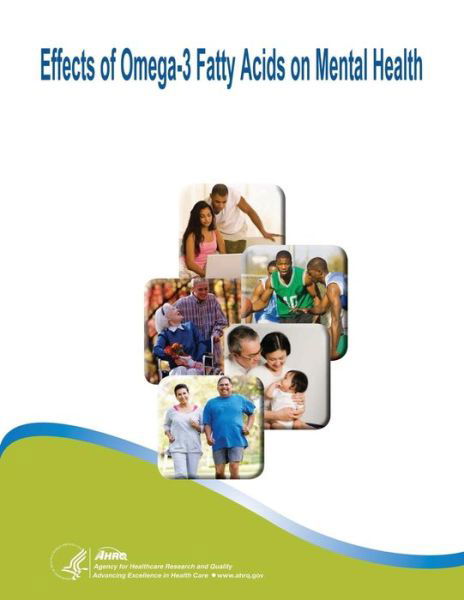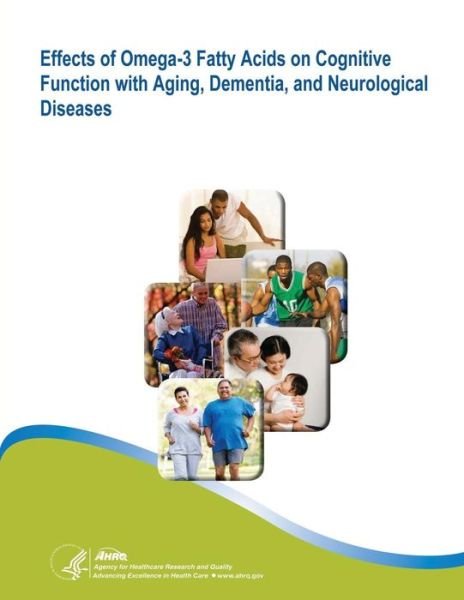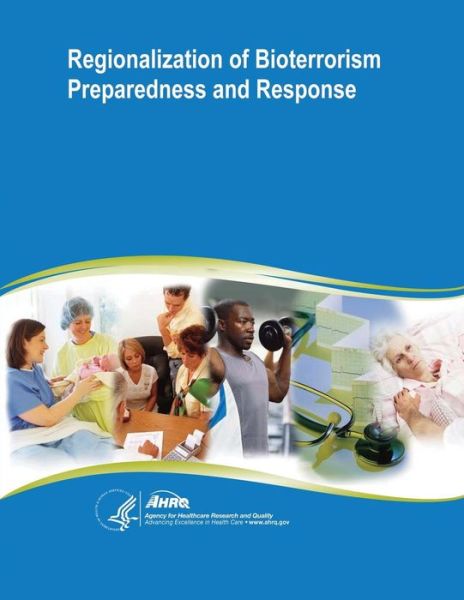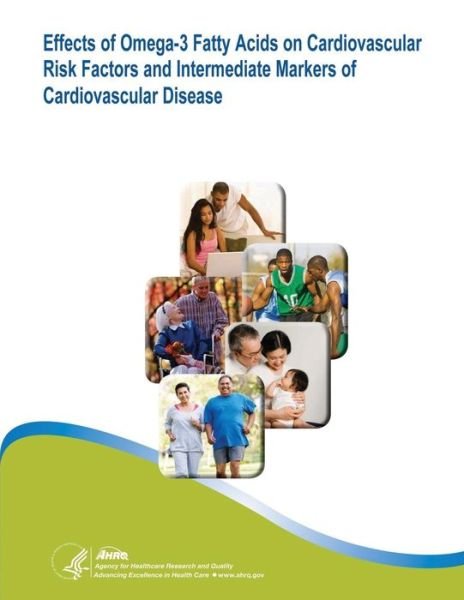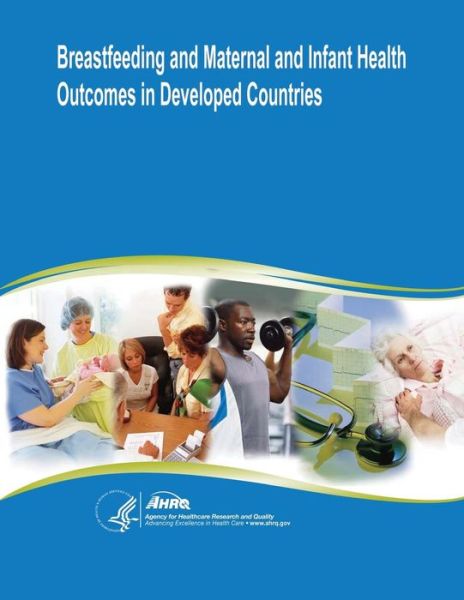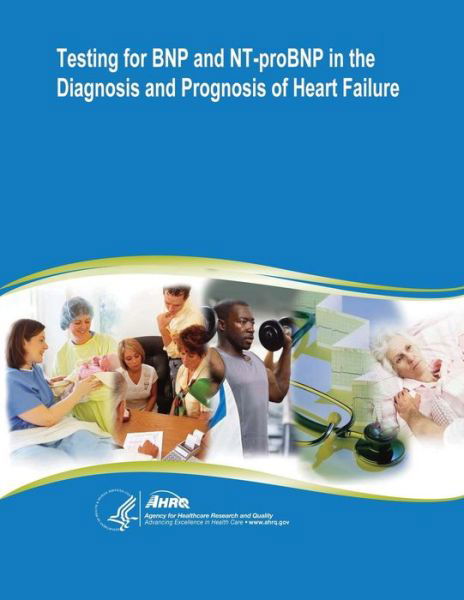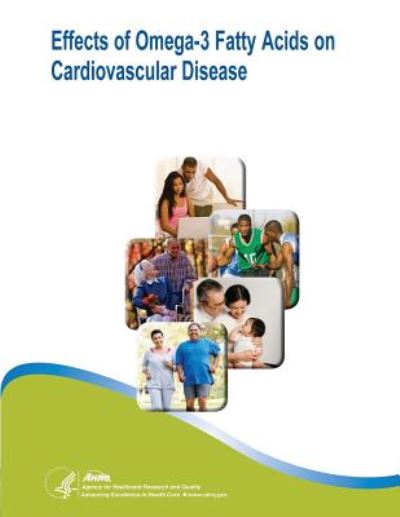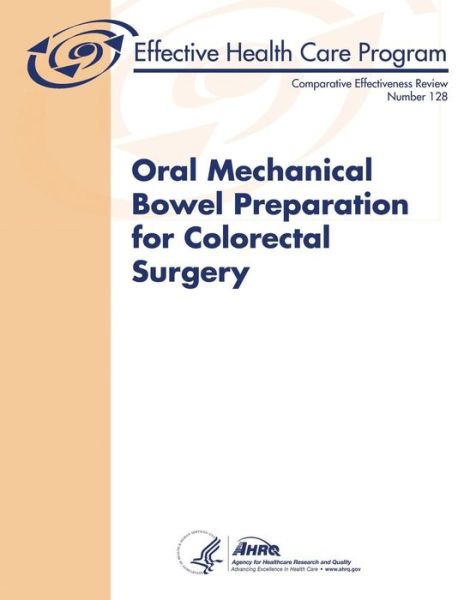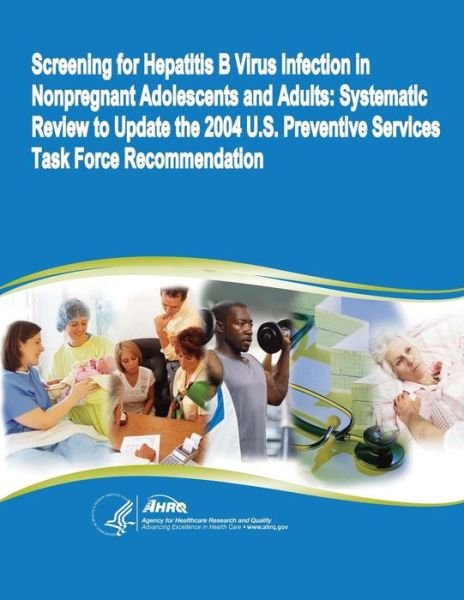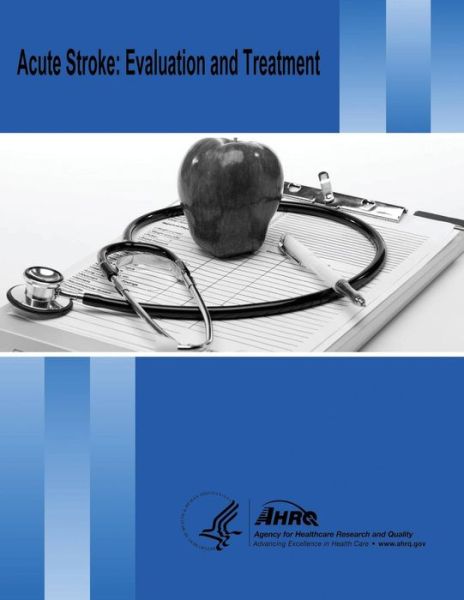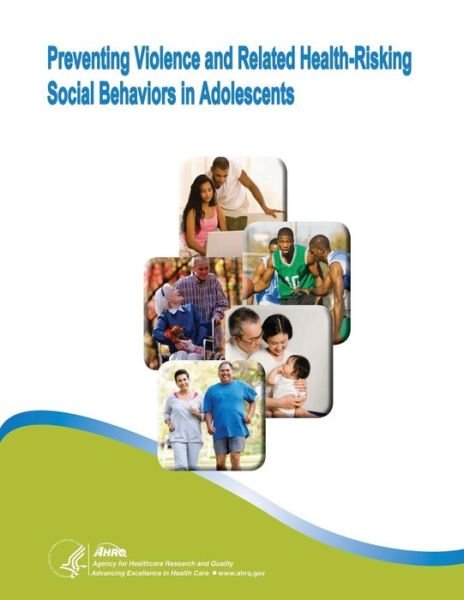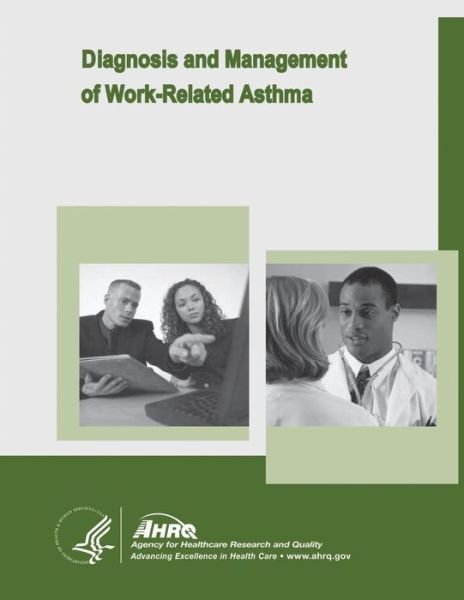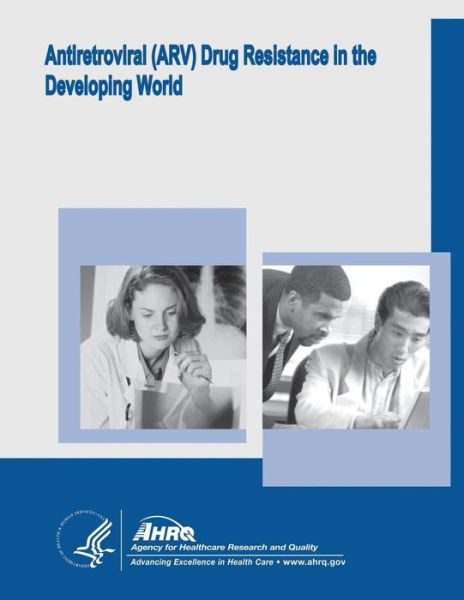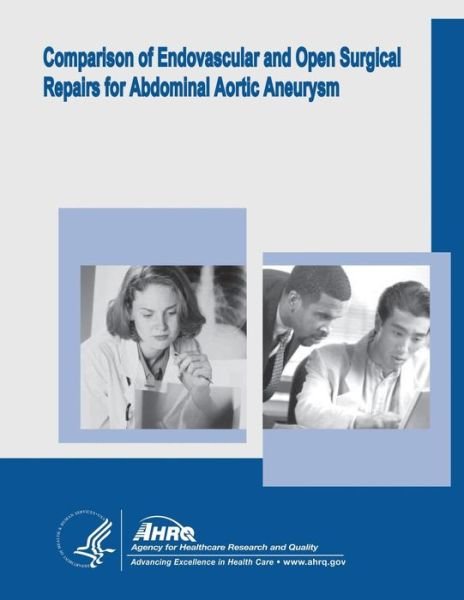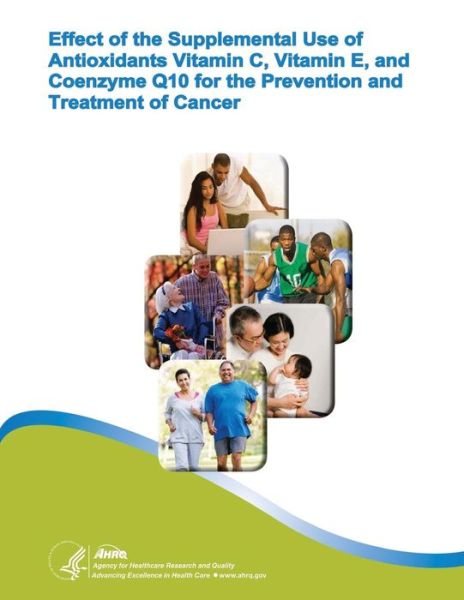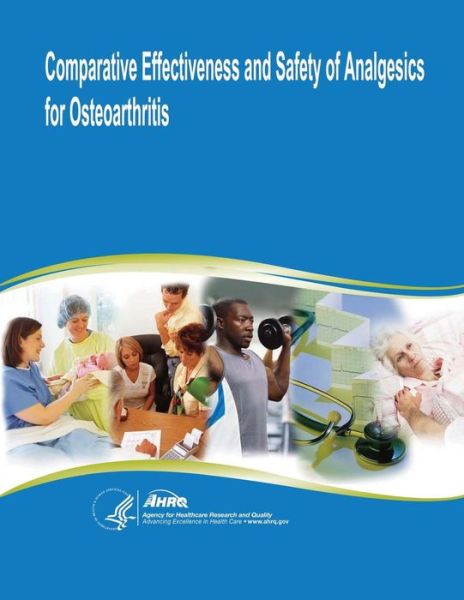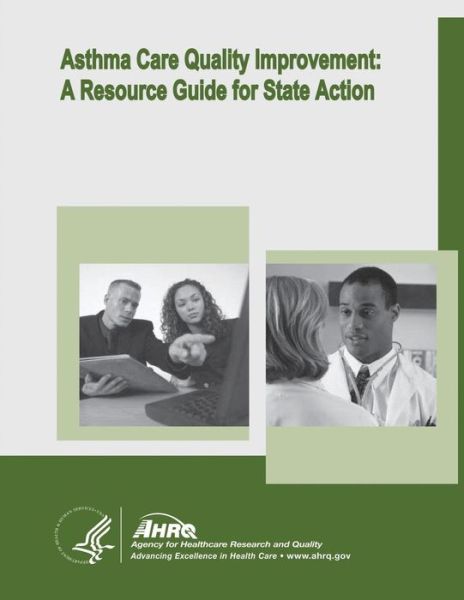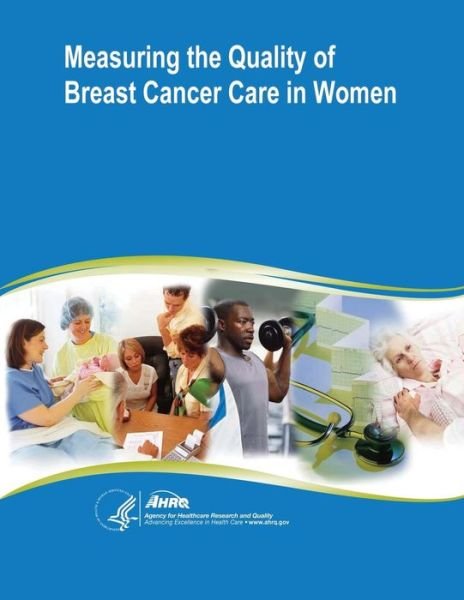
Tell your friends about this item:
Measuring the Quality of Breast Cancer Care in Women: Evidence Report / Technology Assessment Number 105
U S Department of Healt Human Services
Measuring the Quality of Breast Cancer Care in Women: Evidence Report / Technology Assessment Number 105
U S Department of Healt Human Services
Publisher Marketing: This evidence report describes the results of a systematic review of the scientific-medical literature designed to survey the range of quality measures assessing the quality of breast cancer care in women, and to characterize specific parameters potentially affecting their suitability for wider use. Specific emphasis was placed on diagnosis, treatment (including supportive care), follow up, and the reporting/documentation of this care. The population of interest was female adults diagnosed with, or in treatment for, any histological type of adenocarcinoma of the breast, including both in situ and invasive cancer. In addition to informing the research community and the public on the availability and utility of quality measures of breast cancer care, it is anticipated that the findings of this report will be used to help define an agenda for future research. The quality of healthcare refers to "the degree to which healthcare services for individuals and populations increase the likelihood of desired health outcomes and are consistent with current professional knowledge." It is estimated that more than one trillion dollars is spent annually on healthcare in the United States, yet there are few systematic and comprehensive data on how well this care is provided by practitioners, organizations, and systems. Various sources (e.g., healthcare professionals, hospitals, health plans) have provided some data on healthcare, including its quality. However, the absence of a coordinated national quality measurement and reporting system has meant that these data are likely too inconsistent and incomplete to permit derivation of a national overview of problems in healthcare quality that could potentially serve to inform the public about the quality of its healthcare choices. Other than skin cancer, breast cancer remains the most common cancer in women and the second leading cause of cancer-related death. In the United States, it is estimated that, in 2003, over 211,000 women will be diagnosed with breast cancer, and approximately 40,000 will die from the disease. Although much less common, breast cancer also occurs in men, accounting for less than 1% of all breast cancers (approximately 1600 cases in 2003). According to data compiled by the Surveillance, Epidemiology and End Results Program (SEER), 1 in 8 women will develop breast cancer during their lifetime, with the risk increasing with age. Although breast cancer occurs more often in white women than in black or Asian women, cancer survival rates have been estimated to be 15% lower in black women compared with white women. Recent statistics (1992 - 1996) indicate that breast cancer-related deaths are declining, with the largest decrease observed in younger women, both white and black. The decline in death rates is attributed to earlier detection and improved treatment. Currently, it is recommended that all women over the age of 40 receive regular mammograms (every 1 to 2 years). What follows is a brief overview of the range of breast cancer care, including some reference to available evidence.
| Media | Books Paperback Book (Book with soft cover and glued back) |
| Released | June 29, 2014 |
| ISBN13 | 9781500350604 |
| Publishers | Createspace |
| Pages | 312 |
| Dimensions | 216 × 279 × 17 mm · 725 g |




